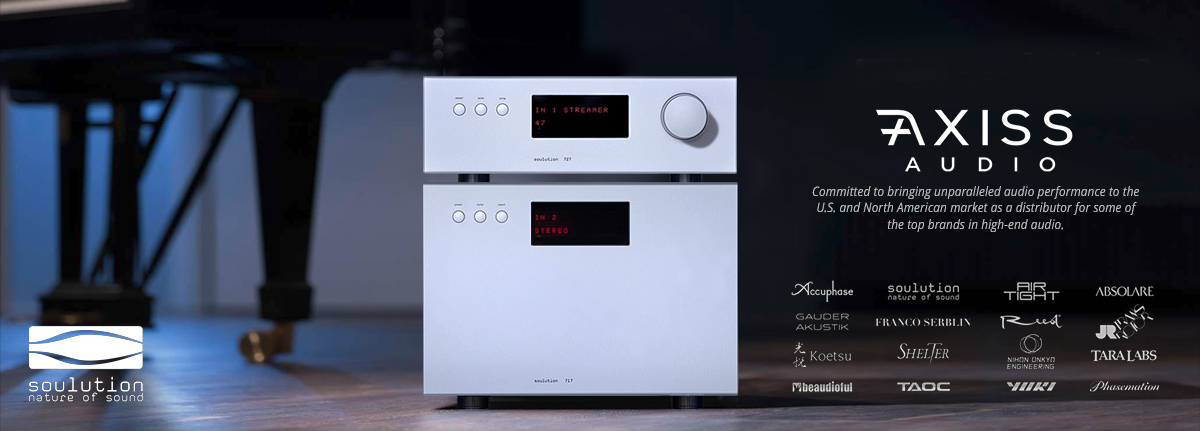Isn't true balanced design difficult to execute, thinking that it's hard to exactly match the components of the two opposite-phase circuits? Isn't it even harder to match tubes within said circuits? How tight would tolerances have to be to call a true balanced circuit successful and superior to single-ended?
Tolerances would have to be extremely close. You're essentially building two of everything, and let's not even think about the cost of all those matched sets of tubes. The cost of matched tubes seems to go up exponentially from pairs to quads to sextets, octets to "moretets." I shudder to think what matched sets of power tubes on the big 750 watt ARC amps would cost. -- Definitely not in my budget!
















